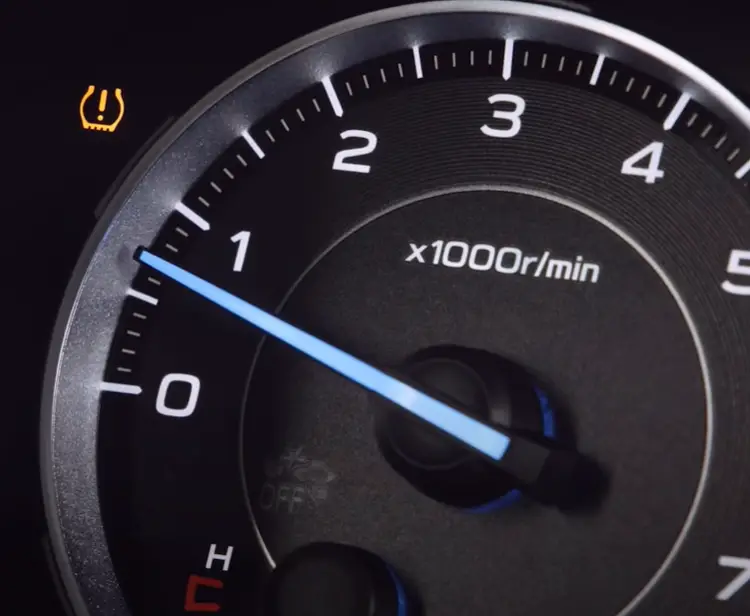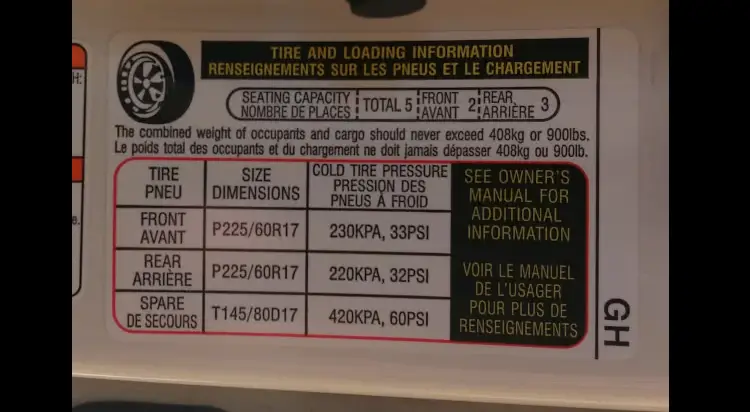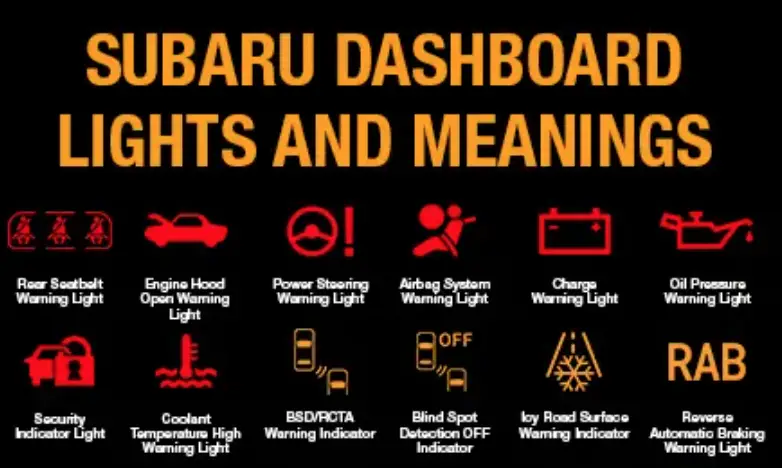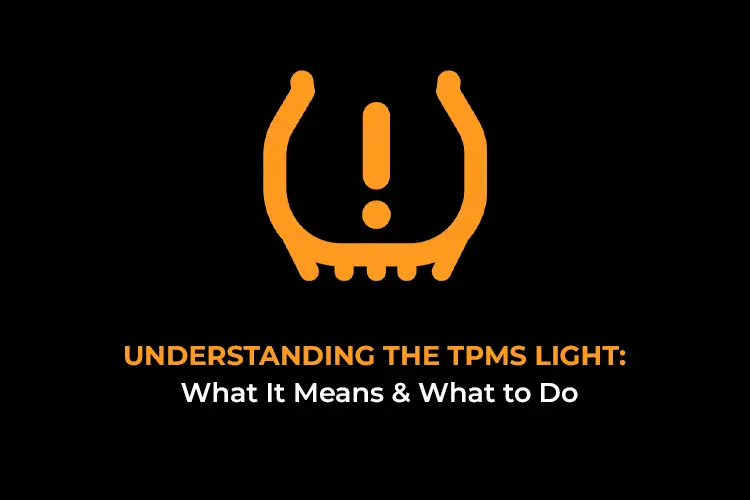You’re out for a drive in your Subaru when suddenly, a little tire-shaped light pops up on your dashboard.
Yep, that’s the infamous tire pressure warning light.
Don’t worry, though; it’s not as mysterious as it seems.
In this article, we will delve into what the Subaru tire pressure light is, why it illuminates, and what you should do when it does.
Let’s get started!
What Does TPMS Light Mean?

Your Subaru comes with a handy Tire Pressure Monitoring System, often called TPMS. That tracks the pressure of each individual tire. Every time you start your Subaru, the low tire pressure warning light will briefly appear in your combination meter display and then disappear as your Subaru confirms that the TPMS is functioning properly.
Sometimes, during season changes, especially entering cold weather, the low tire pressure warning light will illuminate and then turn off automatically as the pressure adjusts.
However, when the low tire pressure warning light illuminate and stay on, it indicates that one or more of your tires have low air pressure. Typically, this occurs when the tire pressure drops significantly, approximately 25% below the recommended PSI (pounds per square inch) for that tire.
To ensure the proper inflation, you can refer to the recommended tire pressure levels indicated on the driver’s side door panel. Once your tires are properly inflated, the warning light will deactivate after a short period of driving.

Many wonder, “Why is my tire pressure light on when my tires are fine?”
Don’t worry; I’ll clarify the issue for you.
If your tire pressure light is on despite your tires being in good condition, it might be due to a faulty TPMS sensor or electrical problem.
So if the system identifies a malfunction, the TPMS light on your Subaru will flash for about a minute and then stay steadily lit. This cycle will continue each time you start your vehicle until the issue is resolved. It’s essential to address any TPMS system malfunctions promptly to ensure your vehicle’s safety and performance.
Is It Safe to Drive with Subaru Tire Pressure Light?
No. Driving with the Subaru tire pressure light illuminated is not ideal and should be addressed as soon as possible.
Low tire pressure can affect vehicle performance, increase the risk of accidents, cause tire wear and damage, reduce fuel efficiency, and worsen existing tire issues.
It is important to check tire pressure, inspect tires, reset the TPMS, and seek professional assistance if needed to address the issue promptly.
Why Is My Tire Pressure Light On?
Your Subaru’s tire pressure light could be illuminated for several reasons, including:
Solution: Check the tire pressure of all your tires using a reliable tire pressure gauge and inflate them to the recommended level if necessary.
Solution: Check your tire pressure when the tires are cold and adjust them accordingly.
Solution: Visit an authorized Subaru service center to diagnose and repair the TPMS.
Solution: Inspect your tires visually for any visible signs of damage or punctures. If you notice any issues, get the tire checked and repaired or replaced as needed.
Solution: Consult a qualified mechanic to identify and resolve any electrical or wiring issues.
How Do You Reset the Tire Pressure Light On a Subaru?
Resetting the tire pressure light on a Subaru involves a few simple steps. The exact procedure may vary slightly depending on your Subaru model and the year of manufacture, but here’s a general guide:
Step 1: Check Tire Pressure
Confirm that all your tires have the correct air pressure according to the manufacturer’s specifications. Use a reliable tire pressure gauge to check each tire’s pressure.
Step 2: Turn the Ignition On
Turn it to the “On” position without starting the engine.
Step 3: Locate the TPMS Reset Button
In many Subaru models, the TPMS reset button is located beneath the steering wheel, near the hood release lever or fuse box.
However, the exact location may vary depending on the specific model and year of your Subaru vehicle. Consult your vehicle’s owner’s manual for the precise location of the TPMS reset button.
Step 4: Press and Hold the Reset Button
Press and hold the reset button for about 5 seconds until you hear a beep sound.
Step 5: Release the Reset Button
Release the button and wait for the light to stop blinking. This indicates that the TPMS has been reset successfully.
Step 6: Start the Vehicle
Turn the ignition switch off, and then start the engine and verify that the tire pressure light remains off. Drive the vehicle for a short distance to ensure that the light does not come back on.
Note: If, after following these steps, the TPMS light continues to stay on or blinks, it may indicate a problem with one or more TPMS sensors, sensor batteries, or a more significant system issue.
In such cases, it’s advisable to have your Subaru inspected by a qualified mechanic or a dealership technician who can diagnose and address any underlying issues with the TPMS system.
If you prefer to troubleshoot TPMS problems on your own, you can utilize a TPMS diagnostic tool. This tool is specifically designed for reading TPMS sensor data, diagnosing sensor and system problems, and performing TPMS resets and calibrations.
What’s Next?
Now that you understand the significance of the tire pressure light on your Subaru, it’s clear that this warning indicator illuminates when the tire pressure in one or more of your vehicle’s tires falls below the recommended level.
By regularly checking tire pressure, using a reliable gauge, and inflating tires to the specified levels, you can prevent issues such as reduced fuel efficiency and compromised handling.
Remember to check tire pressure monthly and before long trips, considering external factors that may impact pressure.




Recommended for you
Subaru Oil Light: Causes and Fixes
BMW TPM Malfunction: 4 Causes and How to Reset
Understanding the TPMS Light: What It Means and What to Do